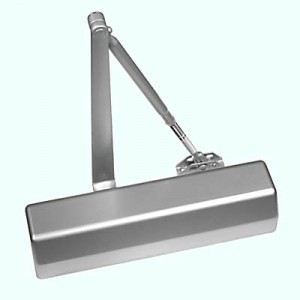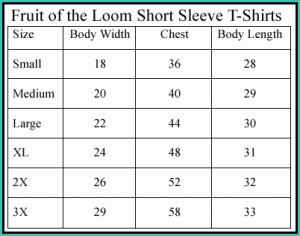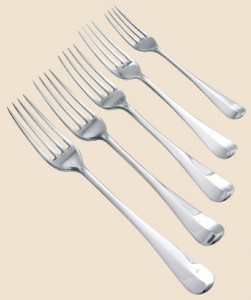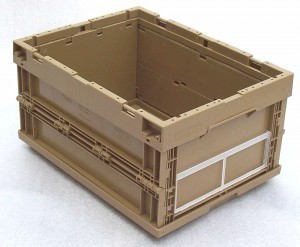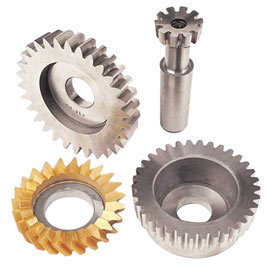What is the Size of a Metalworking Lathe?
The size of a metalworking lathe has never been more diverse than it is today. With so many manufacturers out there, the features are constantly changing.
Harbor Freight Model #33684
The chuck capacity is 5/8" and the shipping weight is 89 lbs (this is not the product’s actual weight). The distance between the centers is 10 inches. The swing over saddle is 3.9"and the swing over bed is 7”.
The threads are 18 threads from 12 to 52 TPI and the spindle bore is 3/4". The RPM speed is 200 to 1100 (low) and 440 to 3000 (high). The volts are 110 and the tailstock taper is MT No. 2.
Grizzly Industrial Model #G8688
When you assess the size of a metalworking lathe like the Grizzly, it will reveal a shipping weight of 89 lbs. The net weight is 74 lbs while the thread pitches number 18. The range of threads is 12-52 TPI and the motor is 3/4 HP, 110V. The speed range of the #G8688 is 0-2500 RPM high and 0-1100 RPM low. 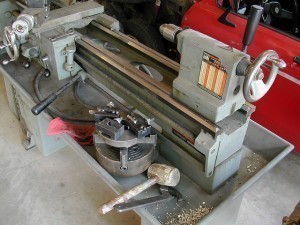
The largest tool bit size is 5/16" and the tailstock taper is MT #2. The cross slide travel is 2-3/4". The swing over bed is 7". The spindle nose taper is MT #3 and the distance between centers is 12". The spindle bore is 20 mm.
Micro-Mark Model #82710
The overall dimensions of the lathe are 12.75 inches high x 12 inches deep x 35 inches long. The unit weighs 90 lbs; this weight is without the accessories. The motor used is 350 watt (0.47 hp) DC. The thread cutting is 12 to 52 tpi. The swing over bed maxes out at 7 inches in diameter. The swing over carriage is 4 ½ inches in diameter.
The distance between centers is fourteen inches. The spindle bore is .787 inch diameter. The main spindle speed is 100 and 3,000 rpm. The carriage cross feed travel is 2.560 inches. The spindle taper is MT-3. The compound slide travel is 2.165 inches. Among mini lathes, this is one of the largest available. The unit also possesses metal gears.
Tip: when shopping for lathes, remember that the figures often stated are the distance between centers and the swing over bed.
Apart from the size of a metalworking lathe, you should learn to assess the other features of the units. By being familiar with the components, you will never have to get confused about the jargon being used.

